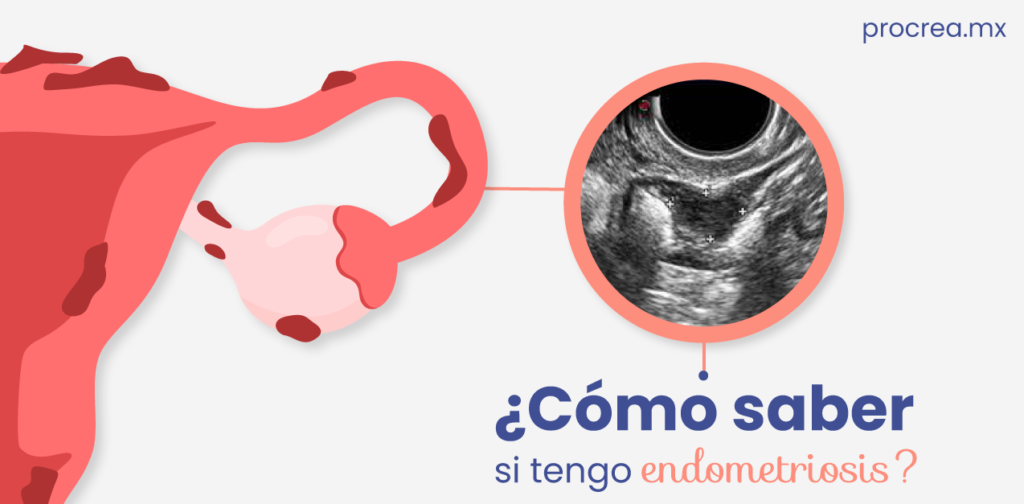The Endometriosis condition affects about 10% of women of reproductive age and many live with the disease without knowing it. Thanks to technological advances in gynecology, there are currently different techniques to diagnose it.
For example, ultrasound mapping of endometriosis is becoming an excellent option for women seeking accurate results. Learn more about Endometriosis and mapping in the article below:
What is Endometriosis?
The simplest way we can define this disease is the presence of endometrial tissue outside the uterus. In these cases, ectopic tissue may be present in different organs and structures, mainly in the ovaries, bladder, uterine tubes, rectum and recto-sigmoid, ureters, abdominal wall, and diaphragm, among others.
The main symptom of Endometriosis is pain. This can manifest itself in different ways such as menstruation (dysmenorrhea), pain during sexual intercourse (dyspareunia), and pain when urinating or bowel movement. In addition, it distorts the normal anatomy of the pelvis, generating adhesions and inflammation, which can secondarily cause infertility. This pathology can present itself mainly in 3 stages:
- Superficial peritoneal endometriosis (SPE): affects the peritoneum (tissue that covers the organs of the abdomen and pelvis), it is the mildest form of the condition.
- Ovarian Endometrioma (OMA): cysts with endometriotic content called endometriomas are generated.
- Deep Infiltrating Endometriosis (DIE): penetrates the walls of organs causing adhesions and distortion of the normal anatomy.
Ultrasound mapping of Endometriosis .
It is a diagnostic study that evaluates the most frequent areas where endometriosis occurs. It is characterized by the use of transvaginal abdominal and pelvic ultrasound to identify the presence of deep infiltrating endometriosis or ovarian endometriosis. It also evaluates the mobility and displacement of the pelvic organs to detect adhesions and their consequences, helping to locate specific sites of pain.
This technique is performed by a specialist, which makes the study more comfortable for the patient. One advantage is that it lasts approximately 25-30 minutes and has no side effects. It should be noted that the patient must perform a bowel preparation before the study and have a full or semi-full bladder to be able to adequately identify all the pelvic structures.
In some specific cases such as cysts suspected of malignancy and lateral endometriosis, Magnetic Resonance is requested as diagnostic support.
Mapping benefits
Some of the advantages offered by this technique are:
- Is not invasive.
- Provides an accurate location of the lesions.
- High precision.
- Greater accessibility and lower price against Magnetic Resonance.
- Evaluation of abdominal-pelvic structures.
How can I know if I am a candidate for mapping?
This study is indicated for women who:
- Have disabling pain when menstruating or having sexual intercourse
- Patients with unidentified infertility factors.
- Patients with previous diagnosis and/or treatment of endometriosis: the study allows monitoring and evaluating the presence of recurrences
- High probability of presenting disease in the validated questionnaire
At Procrea we have a specialist in Ultrasound Endometriosis Mapping. Learn more us and schedule your appointment if you suffer from any of the symptoms or wish to carry out the study. We will be happy to support you with comprehensive quality care.















